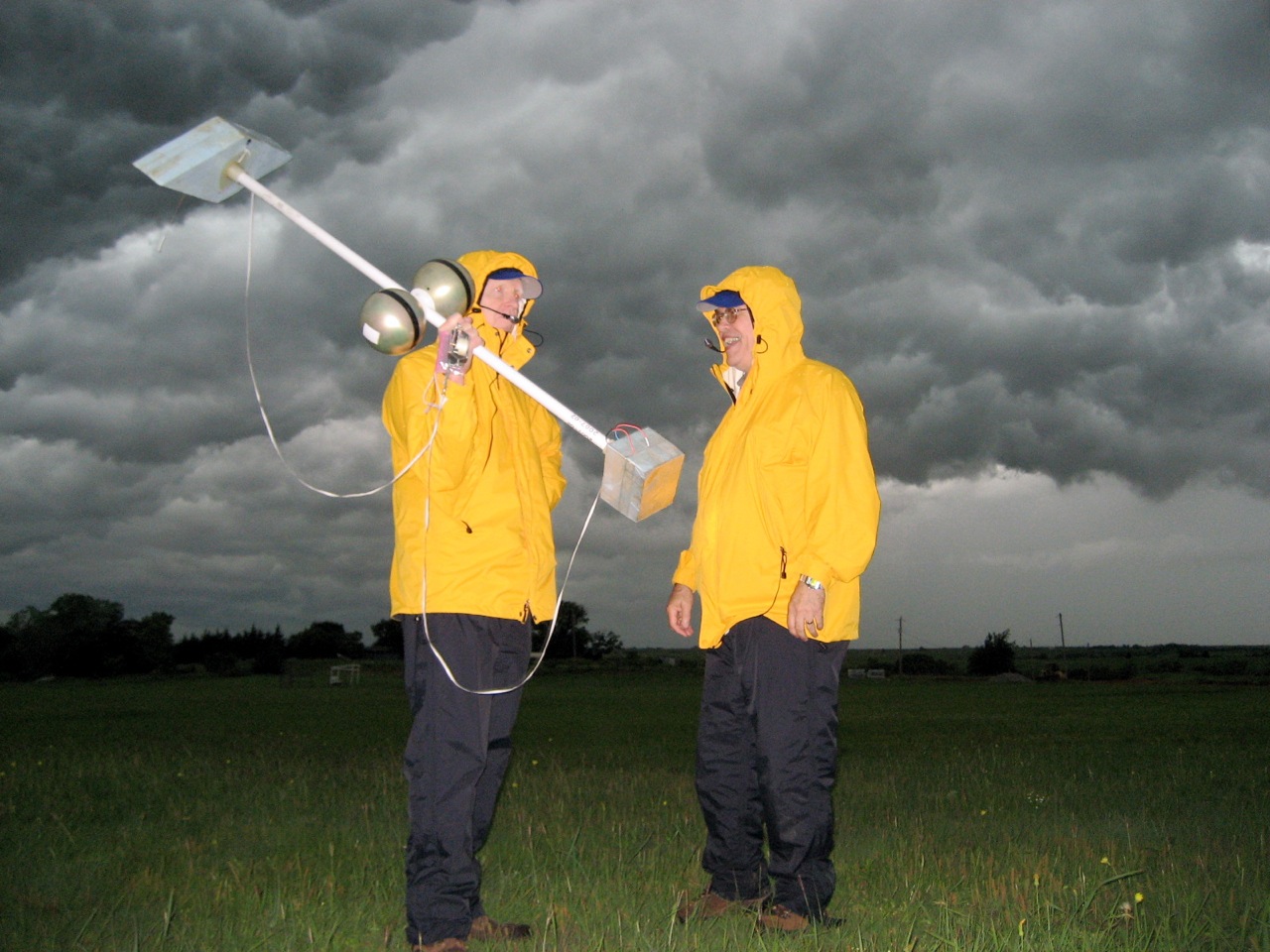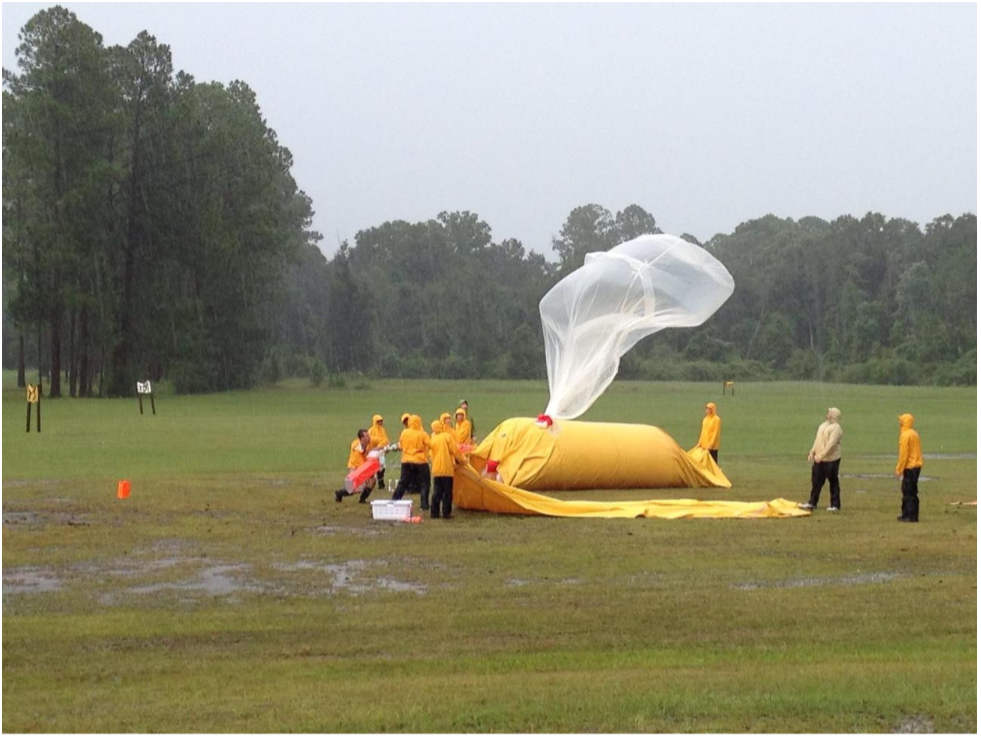Significant Papers reported to HQ for the week ending April 7. The links to each are in blue.
1. , , . Electrical discharges in the overshooting tops of thunderstorms. Journal of Geophysical Research. March, 2017.
Significance: “Observations are consistent with the reason for the small size and continual occurrence of discharges in overshooting tops being that small distinct concentrations of charge of one polarity are continually brought near concentrations of charge of the opposite polarity throughout much of the overshooting top. Having opposite polarities of particle charging across a relatively short horizontal span of strong gradients in the updraft may also contribute to the very large rate of small flashes typically observed around the updraft of supercell storms.”
2. , , , , (2017). Effects of display design on signal detection in flash flood forecasting. International Journal of Human-Computer Studies, March 2017.
Significance: “A sample of 30 participants viewed a series of stimuli created from FLASH images and were asked to judge whether or not they predicted significant or insignificant amounts of flash flooding. Analyses revealed that choice of aggregation method did affect probability of detection. Additional visual indicators such as geographic scale of the stimuli and threat level affected the odds of interpreting the model predictions correctly as well as congruence in responses between national and local scale model outputs.”
3. , , , , 2017). Variability of upper ocean thermohaline structure during a MJO event from DYNAMO aircraft observations. Journal of Geophysical Research: Oceans, Feb. 2017.
Significance: “Atmospheric perturbations associated with MJO have profound impact on the upper ocean thermohaline structure and variability. Reduction in incoming solar radiation, precipitation produced freshwater influx into the ocean surface, and strong surface winds during the active phase of MJO modify ocean mixed layer dynamics. This analysis, first of its kind from the data sparse and climatically important southern tropical Indian Ocean, provides a broad and clear picture of upper ocean response as well as the variability of thermohaline structure in different phases of MJO.”
4. , 2017). Staggered-PRT Sequences for Doppler Weather Radars. Part II: Ground Clutter Mitigation on the NEXRAD Network Using the CLEAN-AP Filter. Journal of Atmospheric and Oceanic Technology, March 2017.
Significance: “Using simulations, the CLEAN-AP filter for staggered-pulse repetition time (SPRT) sequences was shown to meet NEXRAD requirements for clutter suppression. The performance of the filter was illustrated using two cases collected with the KOUN radar in Norman, by comparing the SPRT acquisition mode to two standards NEXRAD acquisition modes: split cut and batch. Performance observed for the data cases confirmed improvements can be realized operationally when the batch acquisition mode is replaced with the SPRT acquisition mode.”
5. , , . Verification of Convection-Allowing Model Ensemble Analyses of Near-Storm Environments Using MPEX Upsonde Observations. Monthly Weather Review. March, 2017.
Significance: “Convective-scale model analyses are a suitable tool to assess the mesoscale feedbacks due to convective storms, which could affect further convection evolution. However, even more extensive near-storm observations are required to truly evaluate the impact of convection on its surrounding environment, particularly within inflow and outflow regions.”
6. , (2017). Landsat Identification of Tornado Damage by Land Cover and an Evaluation of Damage Recovery in Forests. Journal of Applied Meteorology and Climatology, April 2017.
Significance: “During these spring and summer, these spectral signatures correspond to many tornado-damaged regions having higher Tasseled Cap brightness values as a result of a general increase in reflectance across most Landsat bands, lower Tasseled Cap greenness values driven by the decline in NIR reflectance, and lower Tasseled Cap wetness values due to the larger increases in SWIR reflectance compared to visible reflectance. While NDVI is beneficial at providing a cursory look at localized change caused by natural hazards, analyses of recovery using NDVI is limited to the acquisition of cloud-free, intraseason imagery.“


